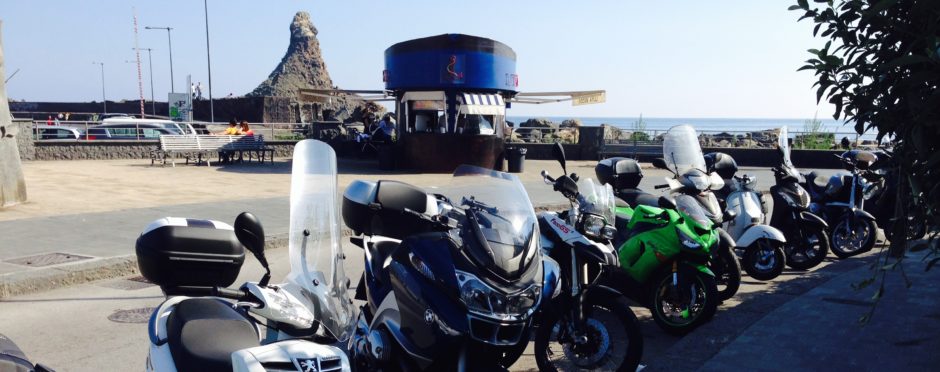Commuters in northern latitudes probably spend at least 50% of their commute in the dark this time of year with a small percentage of that time riding in the fog and rain.
Separately, darkness, rain and fog result in limited visibility, but combine them and their effect on a rider’s vision makes for extremely limited time to recognize a problem, devise a solution and take evasive action.
So, does fog and darkness affect the rate a which a deer can cross the road?
I’ll bet it doesn’t, but I know it affects my ability to see that deer, or anything else on the road.
Normally, half of my commute is on a two-lane country road at 60 MPH in deer country. Over the years, I’ve noticed there are more and more of the near-invisible animals grazing along the sides of the road at night and at dawn and dusk. Most of the time, the deer look up and take note of my passing. Other times I’ll see them meandering across the road in front of me. To lower risk, I brake a bit and steer toward the deers back-end. In general, they continue to move at the same rate or more quickly when the notice my approach.
Problem is, they are unpredictable and usually, there are more than one. Maybe the one in front of me is the last in line of this herding animal, but it could be the first. These mobile obstacles are a real problem, especially in limited visibility.
At night in normal conditions, visibility is limited by headlight beam strength, when limited visibility is caused by environment factors like rain and fog, the nuisance of deer on and near the road becomes a major concern. So, a few mornings ago in the fog, I started thinking about closure rates and prevailing visibility. I was riding slowly at 40 MPH covering about 60 feet per second. I estimated the distance between the dashed centerline marks at one-second at that speed. I could see about three and a half centerline marks into the fog. That’s about 210 feet.
Past experience taught me it takes about two-seconds to recognize a problem during the day with normal visibility, so I’m guessing adding a second would be pretty good for these conditions. That said, to recognize the deer and make a decision to take some action would take 180 feet. That would leave me 30 feet to slow down or change my track over the pavement. Not much room for distractions there. What if it takes more than three-seconds to pick up the obstacle?
I concluded I needed to divert more attention to the road immediately in front of me and slow down a bit more to avoid over-riding my headlights. Yes, slow down, a very difficult thing to do when you’re used to traveling at 60 MPH, or 90 feet per second. But I did.
Of course, the car drivers didn’t slow down and I had to pull over twice to allow them to speed by. I thought about using the car as a “blocker” but decided I didn’t want to have to deal with a driver dynamiting their brakes in front of me. All this thinking about distance covered per second and visibility makes me realize I probably need some supplemental headlights for night riding in normal conditions at 60 MPH and be extra careful (slow down) in limited visibility.

